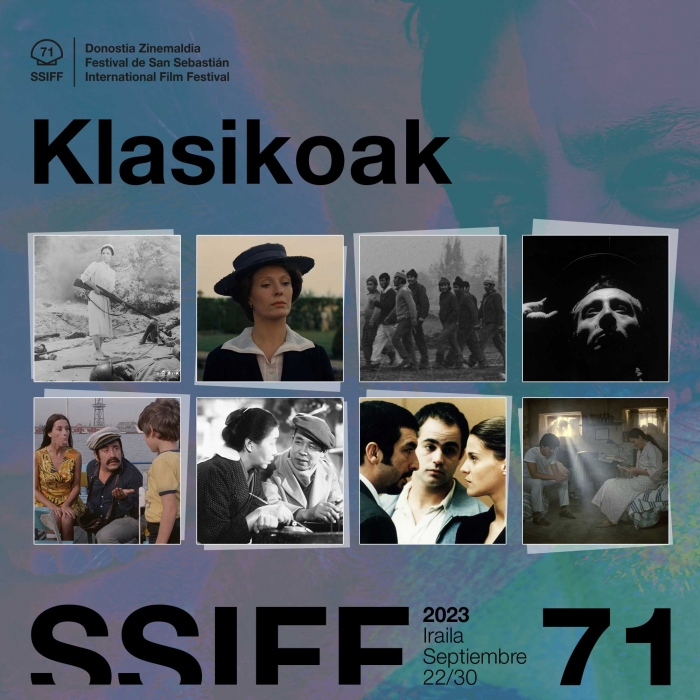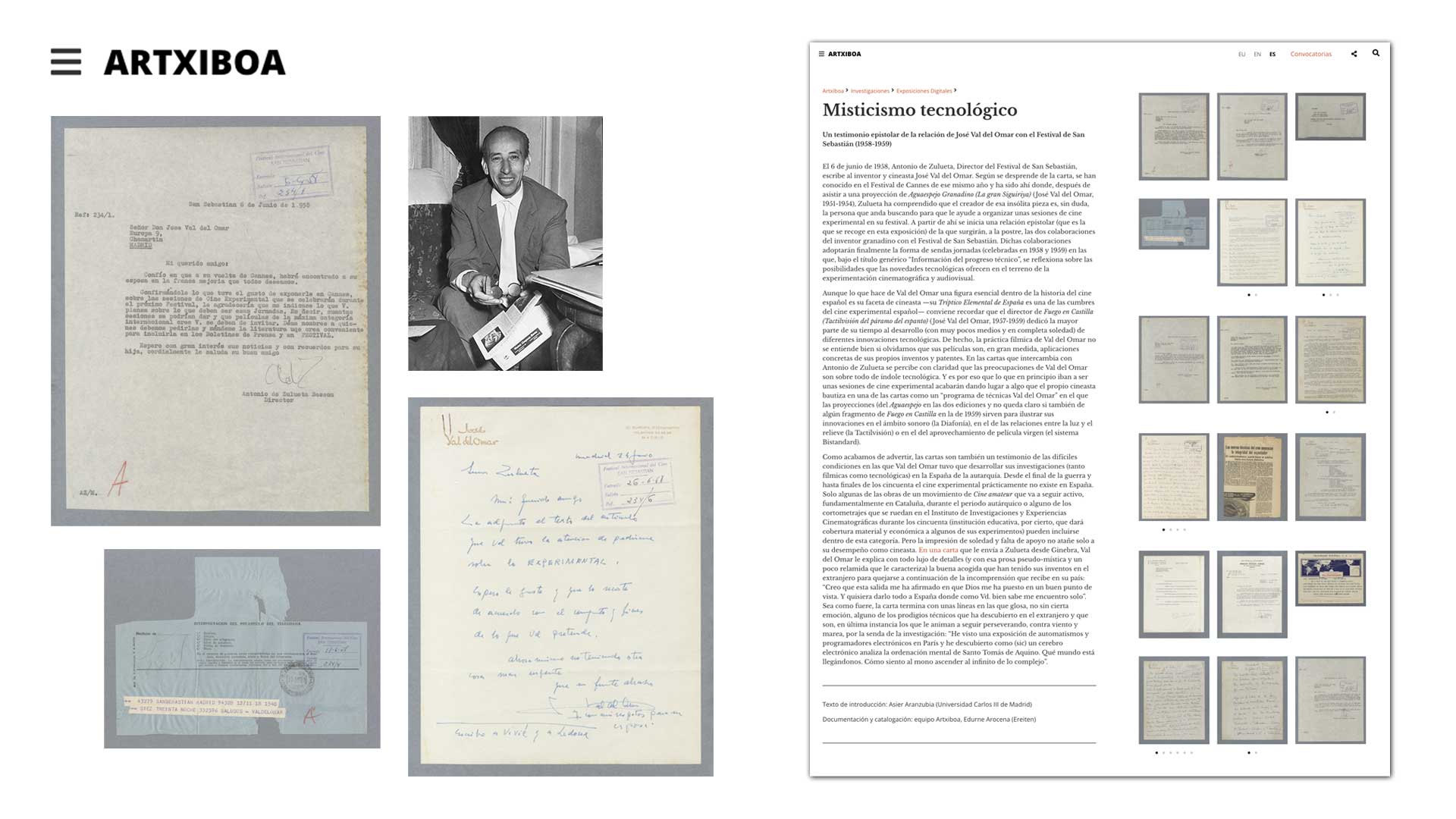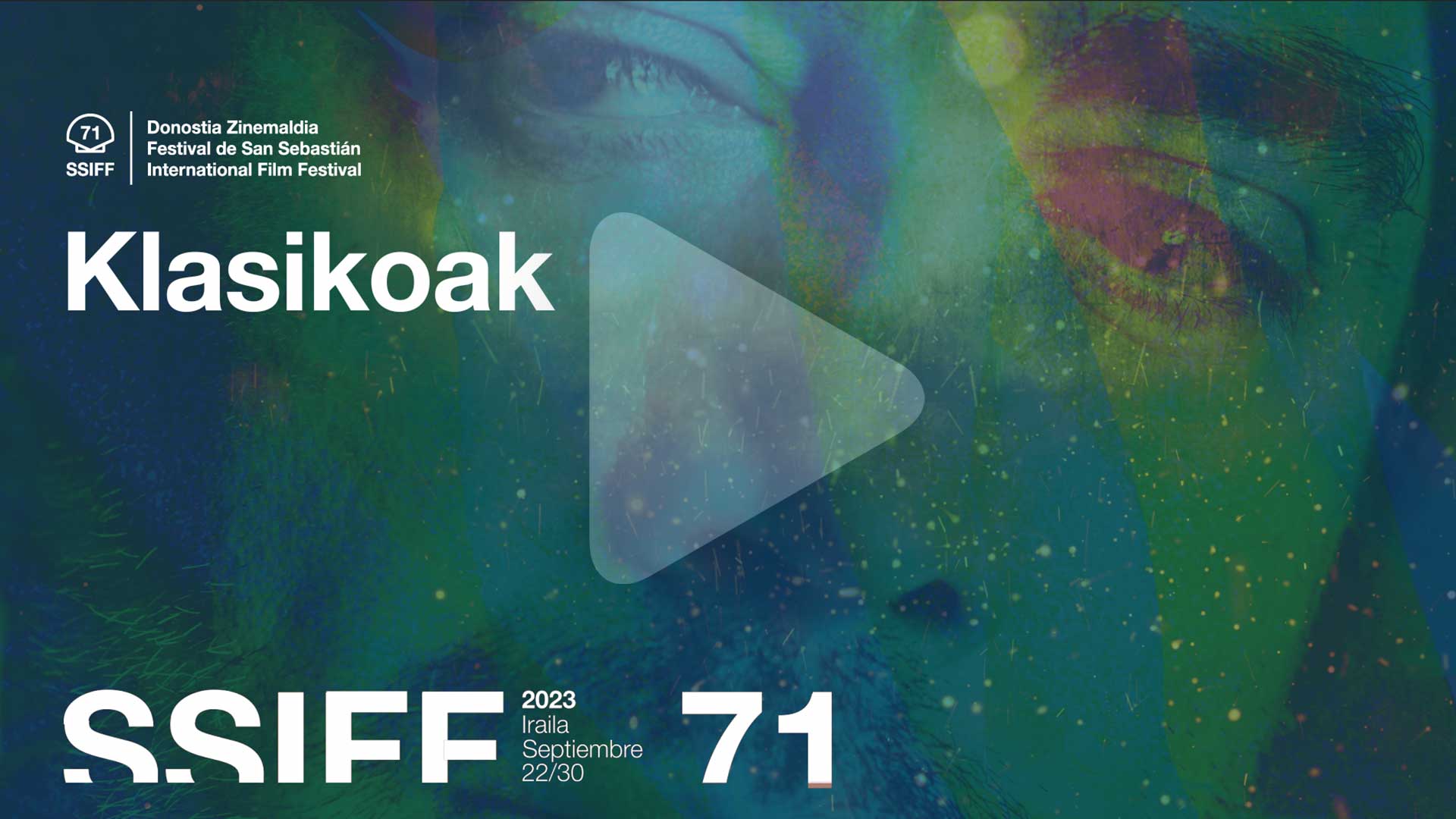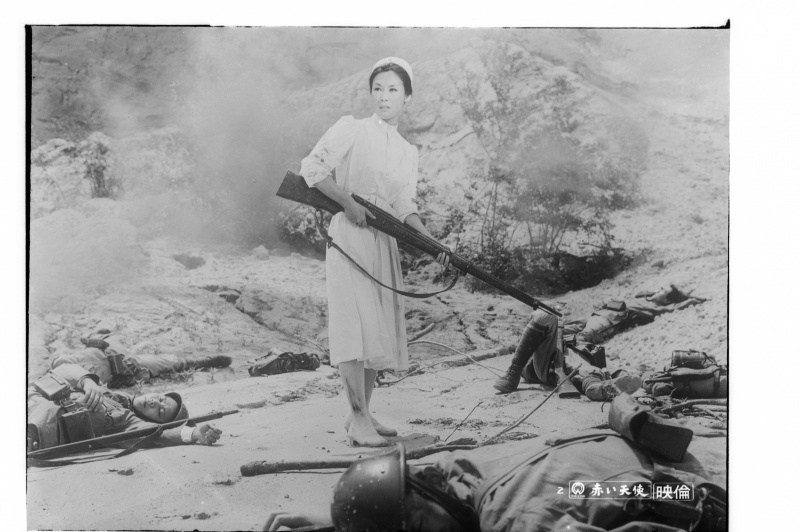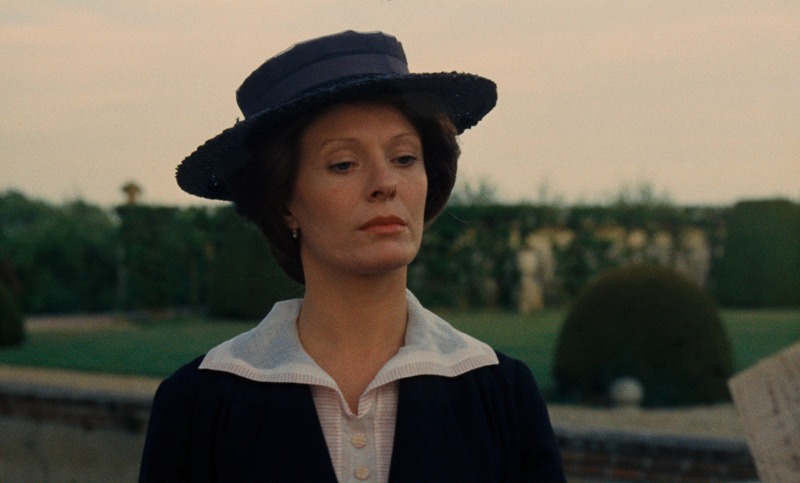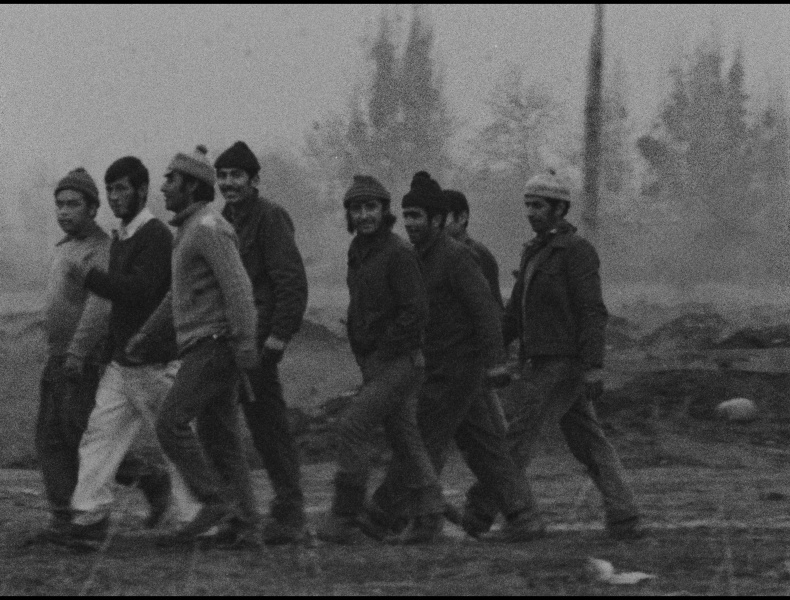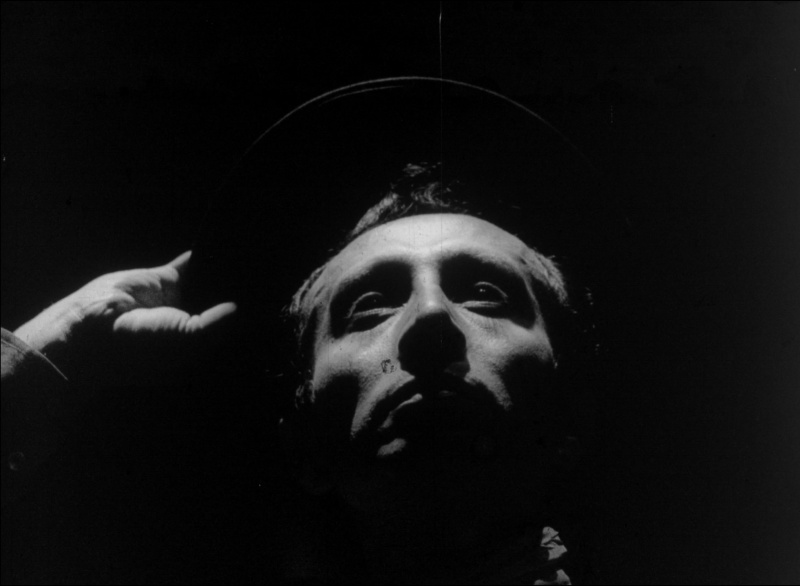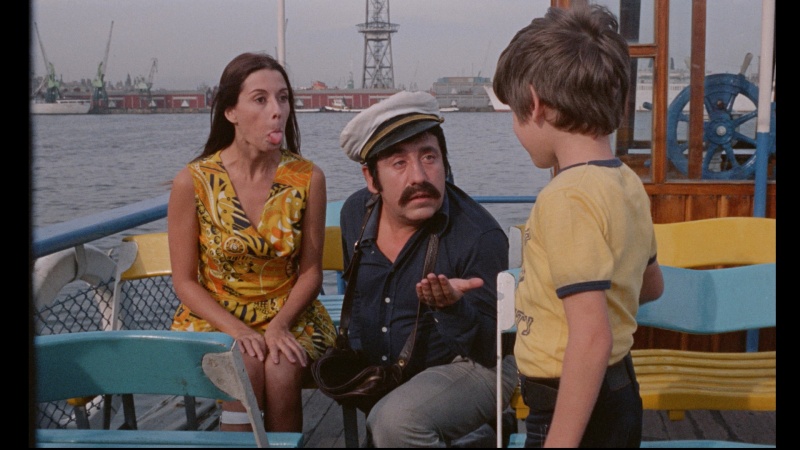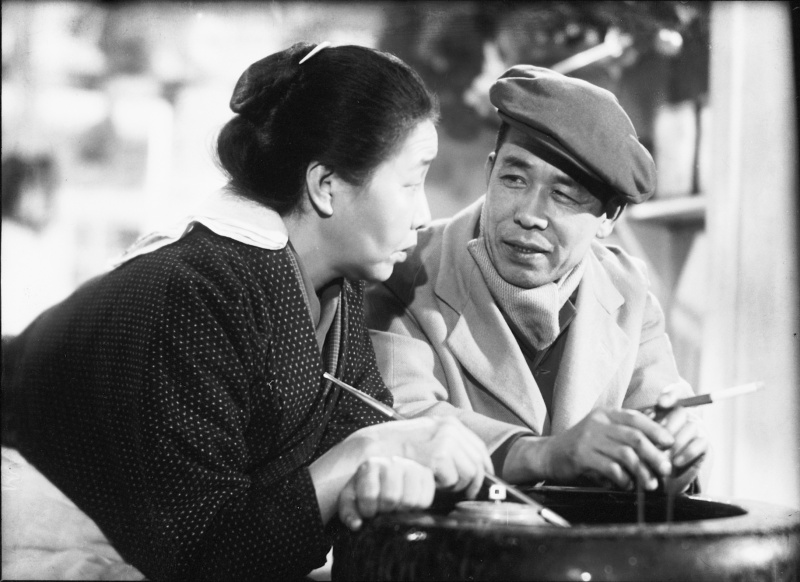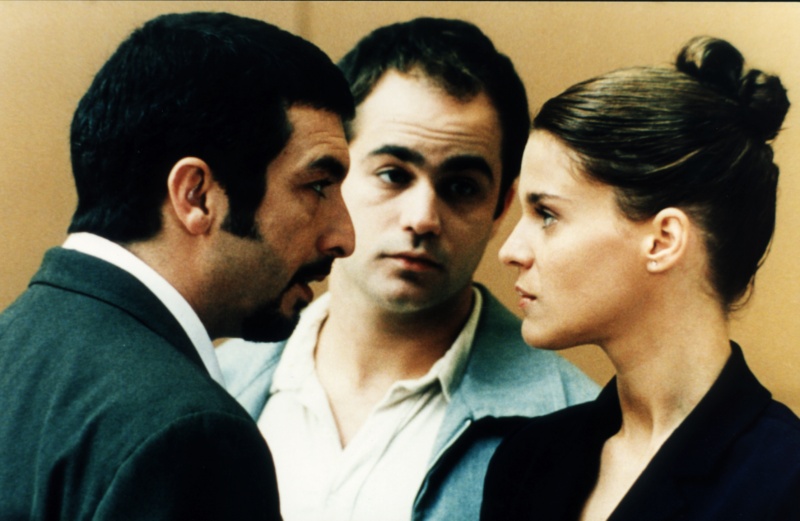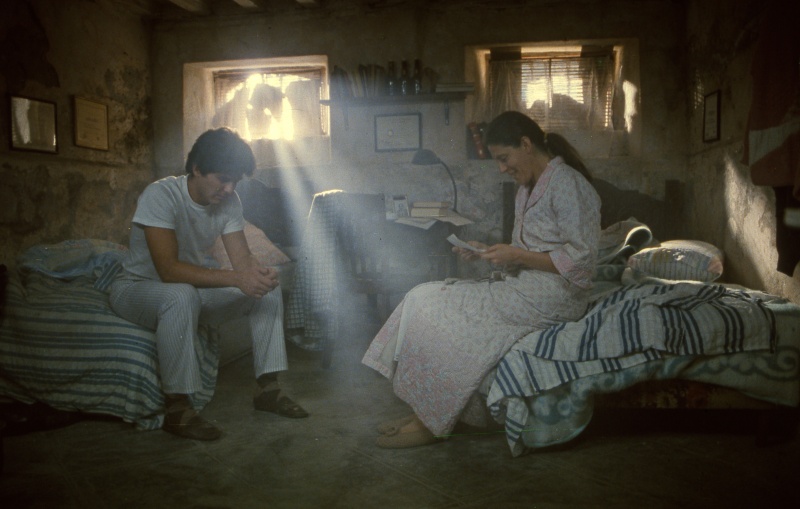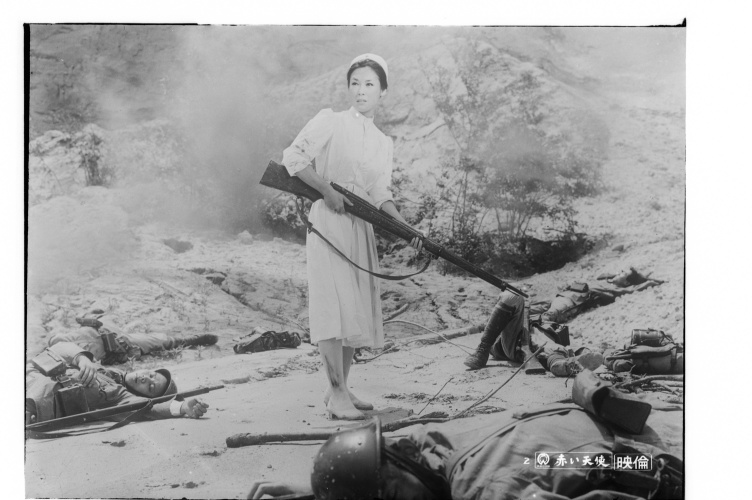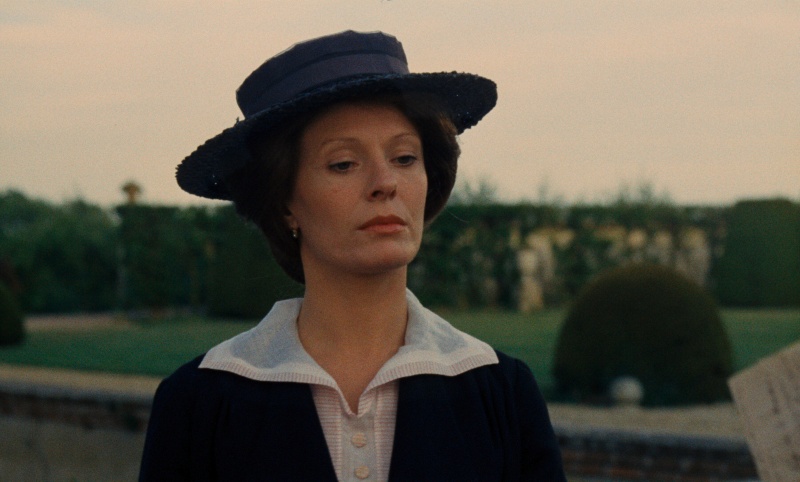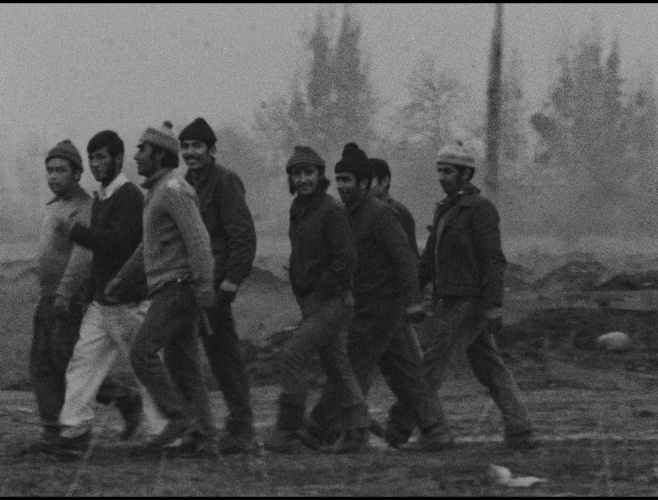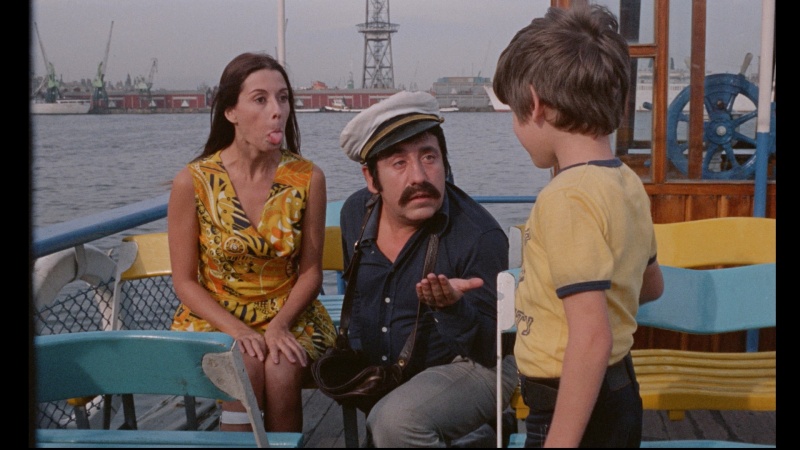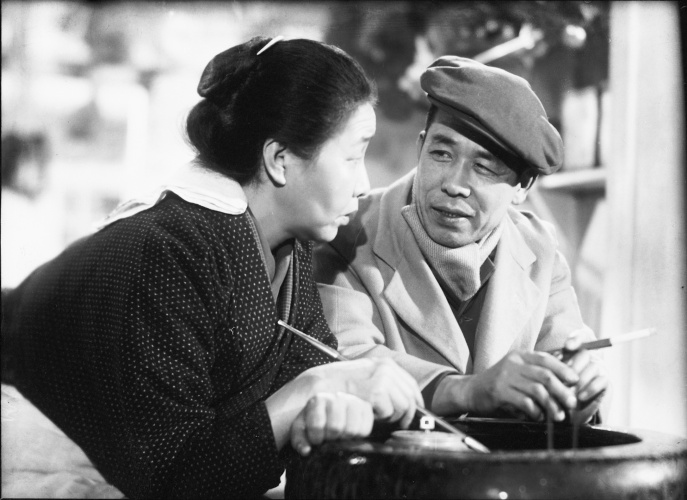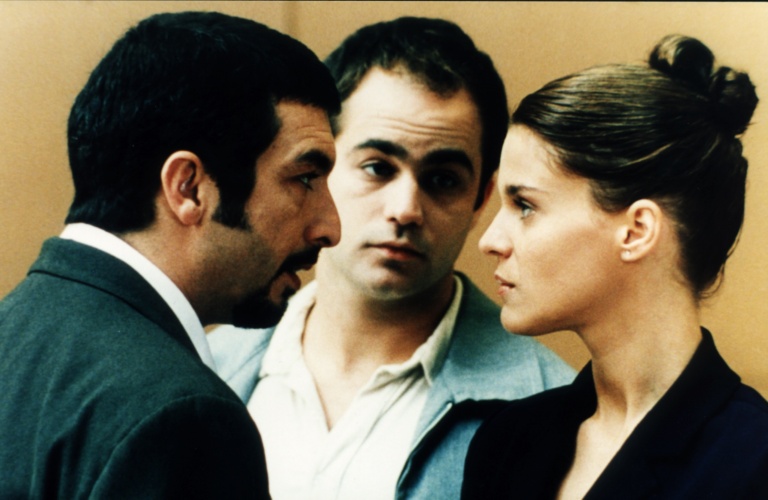The Artxiboa website includes a virtual exhibition that reflects Val del Omar's relationship with the Festival through his correspondence
Since its creation in 2018, the Klasikoak section has increased the selection of modern and older classics retrieved and the 71st edition will have more films than ever; eight titles will screen in the Tabakalera cinema. This year viewers can watch restored copies of movies directed by Yasuzô Masumura, Liliane de Kermadec, Francesc Betriu, Yasujiro Ozu, Fabián Bielinsky and Arturo Ripstein, as well as the premiere of two films showing for the first time ever: Festival en las entrañas, directed by José Val del Omar, and El realismo socialista / Socialist Realism, already announced, by Raúl Ruiz and Valeria Sarmiento.
Klasikoak will screen the restored copy of a film directed by Yasuzô Masumura, considered to be one of the most important filmmakers of post-war Japanese cinema. In Akai tenshi / The Red Angel (1966), Masumura takes us to the Sino-Japanese war through a nurse traumatised by the inhumane violence of the fighting. In 1965 the Japanese moviemaker competed for the Golden Shell with Kuro no chōtokkyu / Super-express and in 2008 Karakkaze yarō / Afraid To Die participated in the Japan in Black retrospective.
Actresses Isabelle Huppert and Delphine Seyrig play the Swiss artist Aloïse Corbaz in her youth and adulthood, respectively, in Aloïse (1975), a film by Liliane de Kermadec. Co-writer of the screenplay with André Téchiné, the Polish-born French filmmaker competed at Cannes with this film about a woman who found in painting an escape route to fight her schizophrenia. A contemporary of the Nouvelle Vague, De Kermadec collaborated with filmmakers such as Agnès Varda and Alain Resnais, and directed other titles including La piste du télégraphe (1994).
Fúria espanyola / Spanish Fury (1975) is a black comedy directed by Francesc Betriu in which the actor Cassen plays Sebastián, a massive football fan whose wedding to Juliana (Mónica Randall) coincides with the most important league fixture: the Clásico between Barcelona and Real Madrid. In this costumbrist movie, the director merges football, politics and social critique, in a thumb of the nose to censorship under Franco in the year of his death.
The section will also include a film by the reputed Japanese maestro Yasujiro Ozu, to be introduced in person by Thierry Frémaux, director of the Festival de Cannes and of the Festival Lumière in Lyon. Nagaya shinshiroku / Record of a Tenement Gentleman (1947), the director’s first work post-World War II, tells the tale of a fortune teller and a pot mender forced to take care of a boy in a district of Tokyo ravaged by the bombing.
In addition, Klasikoak will recover the 4K version of Nueve reinas / Nine Queens (2000), a must-see title in the world of Argentinian films and a masterpiece from its director, Fabián Bielinsky, who competed in the Official Selection with El aura / The Aura (2005). In Nueve reinas Ricardo Darín and Gastón Pauls play two grifters who run into one another by chance and team up on an operation that could make them a substantial sum of money.
On the 30th anniversary of its release, Klasikoak will include the screening of Principio y fin / The Beginning and the End, winning film in 1993 of the Golden Shell (exaequo with Sara, by Dariush Mehrjui). In this modern classic, Mexican director Arturo Ripstein, a regular name in the different sections of the San Sebastian Festival and winner of a second Golden Shell for La perdición de los hombres / The Ruination of Men (2000), tells the tale of a middle-class family and their struggle to stay afloat when the head of the house dies.
PREMIERE AND VIRTUAL EXHIBITION
The section will also include the screening of another world premiere, that of a hitherto-unknown work by the moviemaker from Granada, José Val del Omar: Festival en las entrañas (1963-1965). This is a piece shot using his famous TactileView technique and commissioned by the Ministry of Information and Tourism, headed at the time by Manual Fraga. The commission involved making at least ten short films on expressions of popular culture, folklore or monuments in different parts of Spain. This piece retrieves two of them.
Likewise, as of today, the Artxiboa website, the San Sebastian Festival Archive, includes a virtual exhibition reflecting Val del Omar's relationship with the Festival through the letters they exchanged. Entitled Technological mysticism. An epistolary testimony of José Val del Omar’s relationship with the San Sebastian Festival (1958-1959), the exhibition compiles the correspondence of the inventor and filmmaker from Granada, consisting of 18 letters and telegrams.
The material was discovered thanks to the cataloguing work carried out at the beginning of 2023 under the Artxiboa project to study San Sebastian Festival’s historical archive. This unpublished and abundant material footprint, completely digitalized for the exhibition, rescues an unknown episode in the history of the Festival featuring José Val del Omar as the creator of two experimental events held in San Sebastian between 1958 and 1959. The text of the exhibition was written by the professor and researcher Asier Aranzubia (Carlos III University of Madrid).
A love story between a doctor and a nurse amidst the explosions of a battlefield. Sakura is a nurse at a field hospital who is assaulted by a sick soldier and is willing to "comfort" wounded soldiers if she feels it is necessary. A shocking anti-war film about male sexuality, female devotion, and the misery of the battlefield.
Switzerland. End of the last century. The asylum where Aloïse finished her life is now the showpiece for this sensitive and misunderstood woman's works. This beautifully shot and finely directed film raises the question: how could such a seemingly sane and talented spirit have been hoarded away for forty long years in a madman's trap? Based on a true story.
A satirical take on President Salvador Allende's Popular Unity process prior to the 1973 Chilean coup d'état. The film is made up of a series of short stories, in which different worlds cross paths. On the one hand that of the workers and the lumpen, headed by the figure of Lucho and, on the other, that of a group of intellectual supporters of the Unidad Popular coalition who come together in a poetical front more representative of the petite bourgeoisie. At one point in time, the characters converge in an apparent friendship that ends in scenes of great violence, giving rise to a satirical reading of the period.
In 1963, the Ministry of Information and Tourism commissioned filmmaker José Val del Omar to make a series of ten shorts on the campaign Festivales de España for the New York World's Fair in 1964. With the excuse of documenting the shows of this cultural initiative in different Spanish cities, Val del Omar unfolds a dreamlike universe somewhere between the lyrical and the anthropological. This film corresponds to the two final episodes Luna de Sangre and Festival en las entrañas.
Barcelona Football Club, captained by Johann Cruyff, is on excellent form, prompting Sebastián to join a Barça supporters' club. There he meets the chairman's daughter, Juliana, who will make him hers, come what may. Finally the two are to marry, but as fate would have it, the wedding will coincide with the most important game of the league: El Clásico Barça-Madrid.
In post-war Japan, a man finds a lost boy in the street and brings him home, but nobody wants to take him in, not even for the night. Finally, he is taken in by a tetchy widow. The next day the woman takes the boy to his district, only to learn that his father has gone to Tokyo and left the child behind.
The story follows Juan and Marcos, two grifters from Buenos Aires. The action takes place in only 24 hours. In this space of time, the two meet one another and team up on an operation that could make them a huge sum of money. The mission consists of stealing false stamps known as the nine queens and offering them to a millionaire and businessman for addition to his collection. With only a day to complete the heist, the two will have to use their wit to get their hands on the anticipated booty.
The father of the Botero household has died. Doña Ignacia, loving mother of her four children, is convinced that Gabriel, her brilliant younger child, is the one who will end their poverty. Ambition and the special treatment showered on Gabriel poisons the family.

